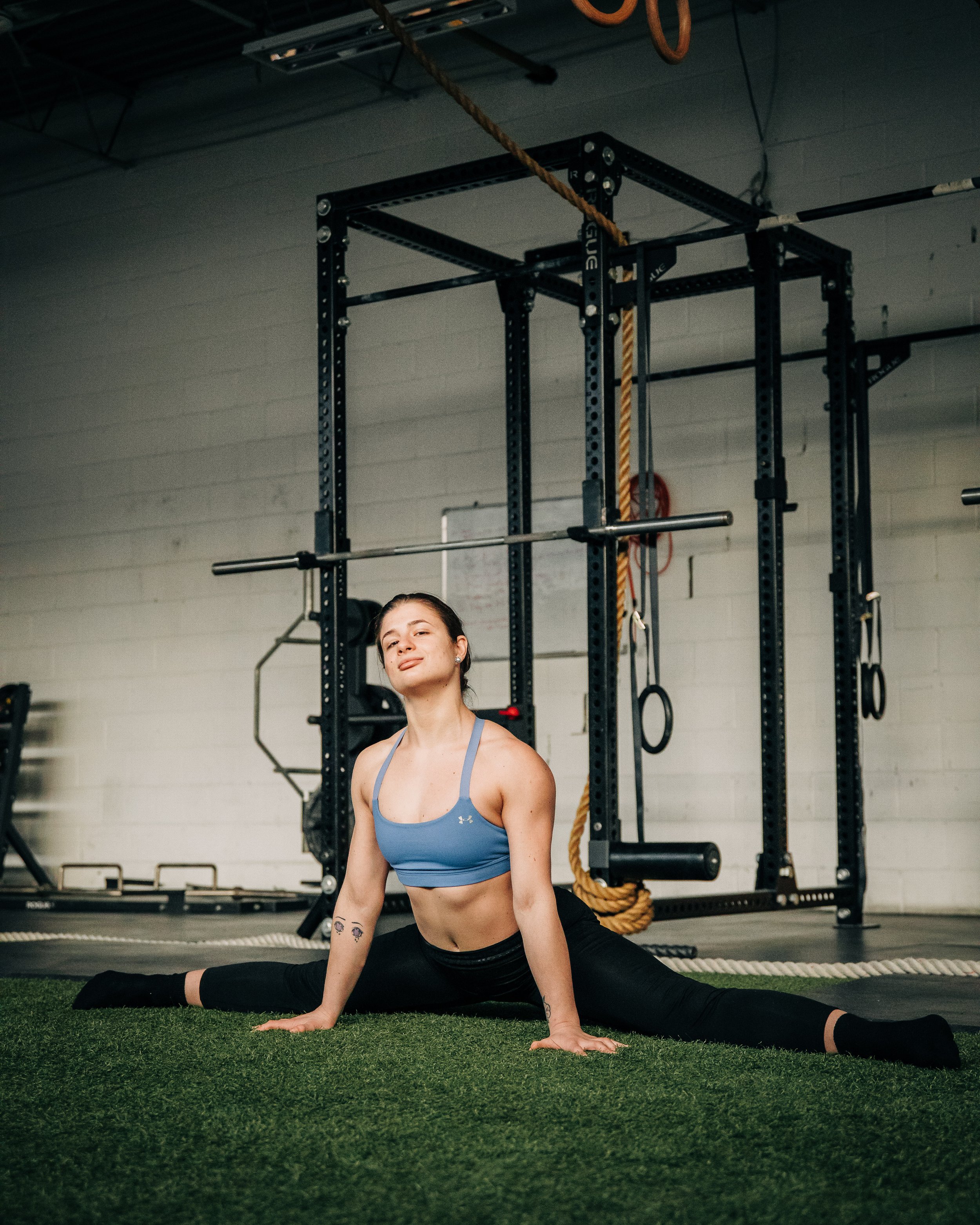Why You Are Not Flexible
Have you ever wanted to be flexible, but no matter how hard you try nothing works? Or maybe, you just want to learn more about it and how it can benefit your life.
More and more coaches and trainees are realizing the benefits of flexibility training and implementing it with their strength workouts. Although there are still many misconceptions about flexibility out there, today we are going to debunk a few of those myths.
Myth #1: You Have to Stretch Everyday.
Would you do your Squat 1RM everyday? No, that is a recipe for disaster. To push the limits of your body, as hard as you can everyday, would lead to injuries and not help your progress. Recovery time is crucial in any type of training so the body can heal from the stress caused by training, then adapt to become better. The same applies here. If you try to stretch your hamstrings everyday with max effort, it will just make that area overtrained and irritated. On top of that, it would take a lot of time to add a whole hour or two of stretching everyday in addition to your already packed schedule.
What helps is to think of flexibility training in two parts;
Operating Range: range we have accessible in the body at any moment.
Training Range: Range we are trying to achieve through training to have within the body.
The Operating Range you can use daily however you like and is actually a great way to maintain the range in your joints that you currently have. “If you don’t use it you lose it” can be applied here. As the body is lazy with conserving energy, when it does not see a purpose in maintaining something it doesn’t need, it will want to be efficient and not waste energy on maintaining that.
The Training Range is what you want to improve within your training program. Usually, 1-2x a week training for a certain part of the body (example: Hamstring flexibility) is enough stimulus, while providing adequate recovery time for it to recover.
Myth #2: Only the Genetically Gifted can be Flexible.
This is a common narrative I hear when talking with people. They believe that if they did not do dance, gymnastics, etc. as a child then they can never be flexible. This is incorrect. Yes, your current physical abilities are based on what you have done so far in your life, but that does not mean you cannot work towards being more flexible. Although, it does take time and consistent effort. Changes do not happen overnight, especially because with flexibility training we are also adapting the joints and tendons not just the muscles. These areas of the body have less blood flow, therefore need more time to adapt. On average, it takes an individual about 18 months from being stiff to reaching baseline flexibility and another 18 months to go from baseline to excellent flexibility. Have your expectations in check so you are able to be patient with the process.
“30 days to get your splits” programs only work if you are already an inch off the ground in the splits. So if you have ever done one of those and it didn't work for you, don’t worry you just need more time and maybe some more specific exercises for you that help your body’s restrictions.
This is not including hypermobile individuals. These types of people can get flexibility quicker and already are in certain joints - when compared to an individual who is not hypermobile - but can suffer from pain and instability in those joints. This is why training flexibility and strength are both important. Balance is key.
Myth #3: There is Only One Method to Getting Flexible and that is “Stretching”.
When people say “stretching” they are usually referring to static passive stretching (holding one position relaxed for a long time.) There are many other types of methods to getting flexible like: Static Active, Isometric, Loaded, PNF (Proprioceptive Neuromuscular Facilitation), Dynamic, Ballistic, and CARs (Controlled Articular Rotations). Just to name a few although there are some more.
It is important to try different ones to see what is most effective for you. Generally speaking, I see loaded stretching benefitting more males while Static Active stretching benefits more females, although there are many exceptions. The point is what works for one person may not be effective for another therefore it is important to do a bit of exploring to understand what works for you. In addition, I want to add that you do not have to make a separate session for your flexibility training (although you definitely can), but can add it to your accessory work after your main lifts in a workout, or in your warmup.
With Dynamic, Ballistic, or CARs they are best as a warmup. With methods like Isometric, or Loaded stretching they are best as accessory work since they still require strength to be done properly. Passive stretching is not bad in itself and can be effective for some people, just not for everyone. But if you do choose to include it, put it at the very end of a workout and be focused on relaxing your body. Being on your phone does not count because you need to actively pay attention to relaxing your muscles.
Overall
You do not need to do crazy moves to benefit from flexibility training. The benefits can be as simple as living pain-free, having better posture, being able to touch the ground, being able to do a full squat, gaining the ability to reach for things that are overhead, and finally being able to wash your back in those tough to reach spots. If you want to be able to do the splits that’s cool too, but freedom in your body that specifically suits the needs of your life is the ultimate purpose of adding flexibility into your training routine.
Just know you can be flexible if you are willing to put in the time, effort and implement the correct training methods.

